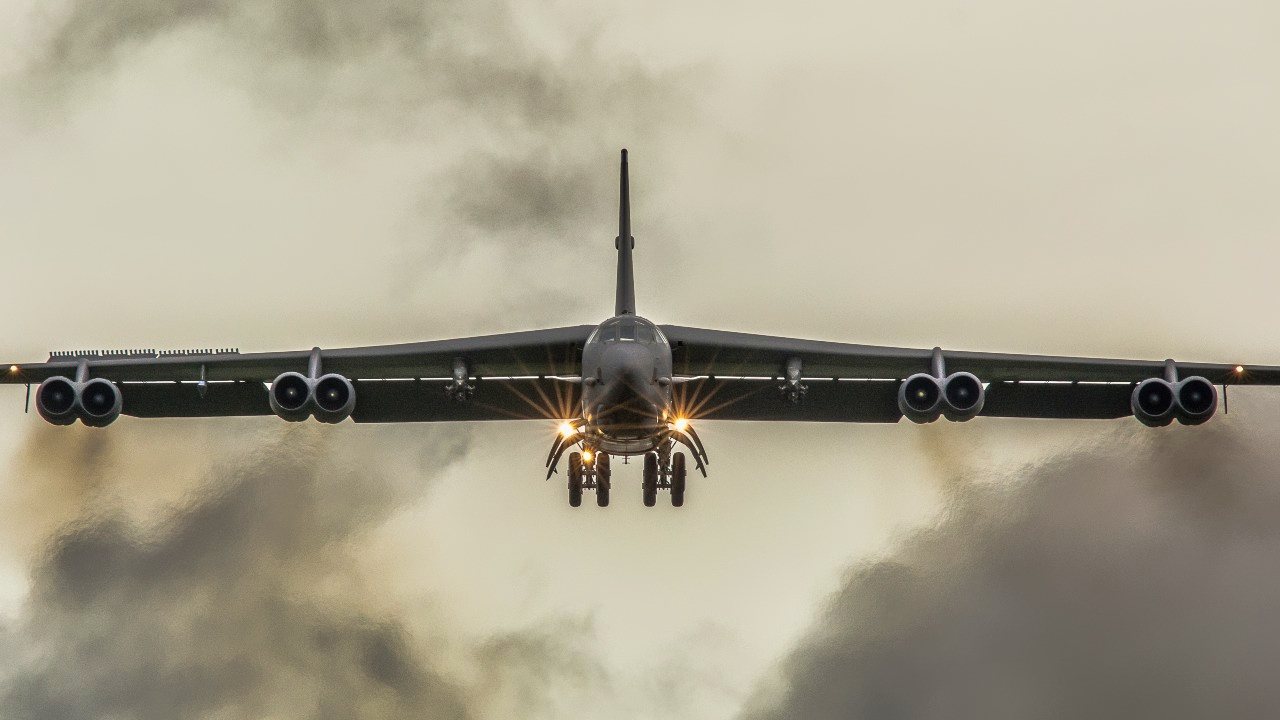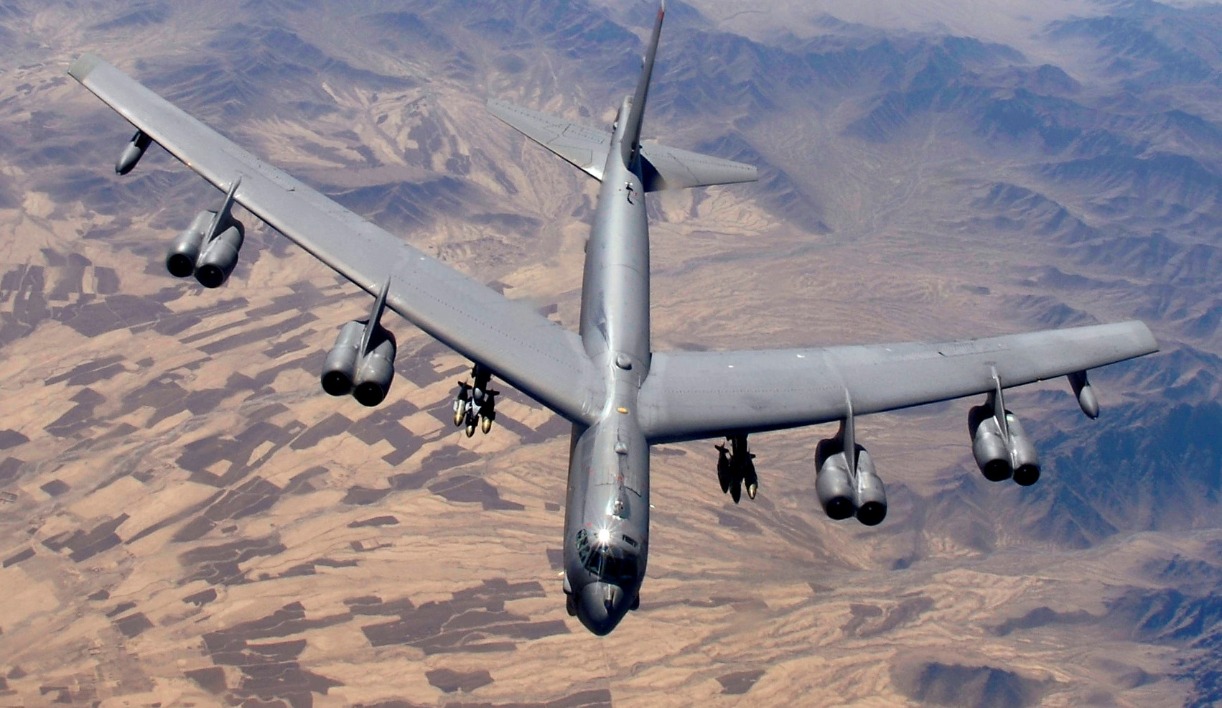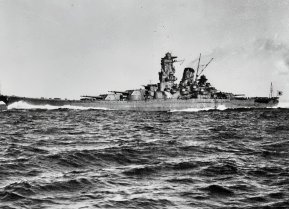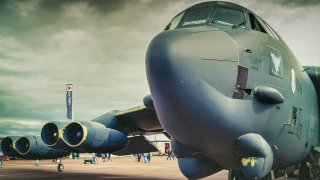B-52 Stratofortress: The Bomber That Even Father Time Can't Stop
The B-52 Stratofortress, a cornerstone of the U.S. Air Force's strategic bomber fleet since its first flight over seven decades ago, defies the aging process through successive upgrades.
Summary: The B-52 Stratofortress, a cornerstone of the U.S. Air Force's strategic bomber fleet since its first flight over seven decades ago, defies the aging process through successive upgrades. With new engines on the horizon expected to be qualified by year's end, the Air Force plans to propel the bomber into its manufacturing and development phase, marking the latest in a series of modernizations. These enhancements, ranging from improved communications systems to advanced AESA radar technology and a revamped internal weapons bay capable of carrying the latest "J-Series" bombs, aim to extend the B-52's operational lifespan into the 2060s. As the Air Force develops the sixth-generation B-21 Raider stealth bomber, the B-52 is not set for immediate retirement but is expected to operate alongside the Raider, performing integrated multi-domain operations. This blend of historical legacy and cutting-edge technology underscores the B-52's enduring role in American air power and its adaptability to future warfare needs.
B-52 Stratofortress: Flying into the Future with Cutting-Edge Upgrades
The U.S. Air Force’s B-52 bomber took its first flight over seven decades ago.
While the platform may be one of the oldest remaining in service, many new upgrades have helped it retain quite an edge over competitors.
The Air Force expects to complete qualification testing of new engines planned for the Stratofortress by the end of this year.
Once this testing is finalized, the service also intends to make a Milestone B decision on the Commercial Engine Replacement Program, which would push the process into its manufacturing and engineering development phase.
This new engine is just the latest in a string of updates incorporated into the strategic bomber over the years.
The service hopes these modifications will extend the platform’s service life to the 2060s, making the B-52 a century-old aircraft.
The history of the B-52 Stratofortress:
Following lessons learned during the Second World War, the Air Material Command outlined requirements for a new strategic bomber capable of flying missions without relying upon sophisticated and intermediate bases controlled by other countries.
The service also outlined additional requirements, including a cruising speed of 300 miles per hour and armament consisting of an unspecified number of 20mm cannons and 10,000 pounds of bombs.
Over the next year, the Air Force accepted bids from leading manufacturers Boeing, Glenn L. Martin Company, and Consolidated Aircraft. Initially, Boeing was issued a contract to construct a full-scale mockup of its XB-52 prototype. However, the service doubted the airframe’s larger frame, forcing the manufacturer to produce a smaller variant.
Around this time, the XB-52 design was almost nixed altogether. The service believed that by the time the platform would be mission-ready, it would be obsolete and offer only minimal improvements over its predecessor. However, following various modifications incorporated into the prototype, the Stratofortress was inching toward its production phase. When the strategic bomber officially entered service with the Air Force, the Cold War between the U.S. and the USSR rapidly heated up. The B-52’s ability to reach high subsonic speeds at great altitudes made the platform a true Cold War icon symbolizing America’s top deterrent.

The B-52 Stratofortress can carry both conventional and nuclear ordnance, making it an essential component of America’s nuclear-triad. In addition to performing close-air support, strategic attack, and offensive counter-air missions in a conventional conflict, the bomber is also equipped for ocean surveillance, monitoring more than 360,000 square kilometers of ocean surface.
The first B-52A flew in the mid-1950s, followed by its “B” successor. By 1962, the first “H” variant was produced, capable of carrying up to 20 air-launched cruise missiles.
An overview of upgrades
The B-52 has retained its significance in the Air Force due to the litany of upgrades it has undergone over the years. The bomber’s new engine will minimize its need for air-to-air refueling, a massive asset to the service. Additionally, upgraded communications systems have been incorporated into the platform, which allow crews to more easily receive critical intelligence while in flight instead of merely attacking predetermined targets.
The introduction of AESA radar technology delivers increased air-to-air and air-to-surface targeting and tracking capabilities through near-speed-of-light beam steering.
As detailed by the Aviation Geek Club, “[T]he new B-52 radar is based on AESA technologies developed from RTX’s pioneering AN/APG-79 radar. As the USAF migrates toward the two-bomber fleet of B-21s and B-52s the new AESA radar, in the form of the APG-79B4, is a “game changer” for the BUFF. The APG-79 is effectively the same radar as on the export version of the Navy F/A-18 fighter, with the array turned “upside down” so it looks more down at the ground than up at the sky.”

Perhaps the most critical upgrade being incorporated to the Stratofortress is via its internal weapons bay, which is being revamped to carry up to eight of the newest “J-Series” bombs. This new internal weapons bay will enable the platform to carry many new Joint Direct Attack Munitions (JDAM) and future weapons systems. This guided air-to-surface weapon uses either the BLU-111/MK 82 or the BLU-109/MK 84 warheads as its payload. Through advanced guidance, JDAM can employ accurate air-to-surface weapons against high-priority fixed and moveable targets from airframes on which it is positioned.
These impressive upgrades will help the Stratofortress reach its 100th year in service with the Air Force. While the service is developing its sixth-generation stealth bomber - the B-21 Raider - this does not necessarily mean the B-52 will be immediately relegated to retirement upon producing its successor. The latest Stratofortress variant could work with the Raider to carry out integrated multi-domain operations.
About the Author: Maya Carlin
Maya Carlin, National Security Writer with The National Interest, is an analyst with the Center for Security Policy and a former Anna Sobol Levy Fellow at IDC Herzliya in Israel. She has by-lines in many publications, including The National Interest, Jerusalem Post, and Times of Israel. You can follow her on Twitter: @MayaCarlin.


